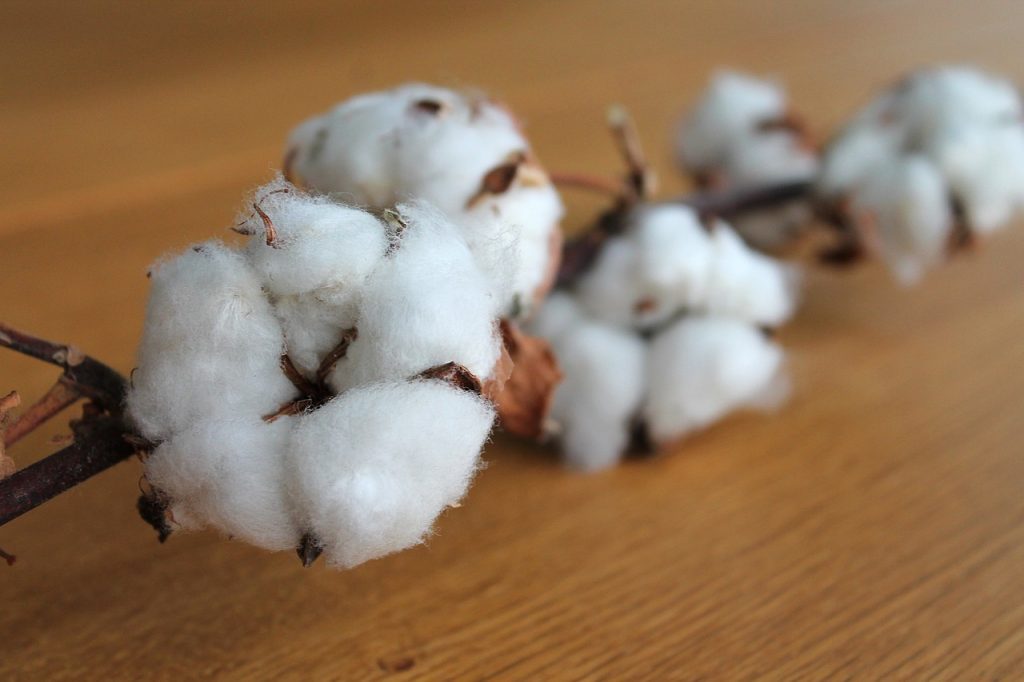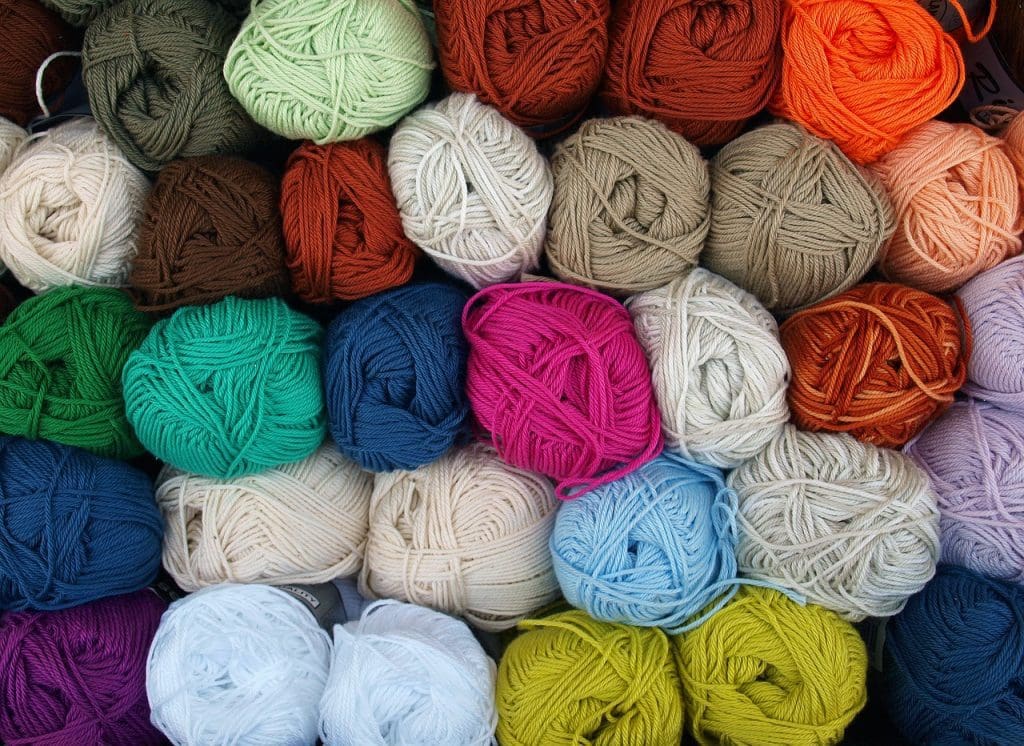The skin is the largest organ in our body, tasked with keeping us cool, breathing for us, and protecting our inner organs. Thus, we should protect it from the elements that can cause it a great deal of harm like allergies. But this is easier said than done. If you look at stats in the current world, the state of our skins is startling. Skin cancer cases have gone up at an alarming rate. And that’s not all. People spend billions on creams and surgeries geared at improving their appearances, owing to exposure to the elements. These are but the tip of the iceberg when it comes to the work put into looking and feeling good. One has to wonder if there’s anything we can do to protect our skins rather than react when the harm is already done- especially when it comes to our children.
Table of Contents
Skin Sensitivity
Here is another issue that has come up – allergies! You may have noticed that more kids react to clothing and wonder why this is the case. Some people experience allergies to some fabrics such as spandex and latex. For others, it is a case of skin conditions such as contact dermatitis, which calls for avoidance of some fabric types. Other causes of skin sensitivity include raw skin from chemotherapy, aging, menopause, eczema, psoriasis, etc. Whatever the cause, there is a need to find ways to alleviate these reactions. The reason why so many new sensitivity cases have come up owes to the use of inorganic fabrics processed with heavy chemicals and allergens. You thus need to protect your kids from such materials to avoid worsening of skin conditions. Today, we will focus on what fabrics you can use on your child, which also work for adults.
Natural Fibers
Using natural fibers such as cotton and silk has proven to offer relief to people with skin sensitivities. If your child has a hard time adapting to inorganic fabrics, you might want to consider going 100% natural. Please note that when going down this route, everything matters. The fabric might be all-natural, but sensitivity will still show if the waistband has a reaction-inducing material. Also, you should look into the processing of the threads. If latex or chemicals were in play, the fiber might not be suitable for a child’s skin.
Below are the natural fibers you can count on:
Organic Linen

You may have noticed that warm weather and linen clothes go hand in hand. As the summer drags on, more people embrace this breathable material, which also boasts an aesthetic appeal. So, what would make it right for your child?
This material is durable and can withstand tons of washes without losing its gentle nature. Also, it is highly breathable and allows for a great deal of airflow throughout the body. That means that your child will not end up feeling sweaty and stuffy as the day drags on, thus keeping rashes at bay. It also absorbs up to 20% of its dry weight in moisture, all without feeling heavy on the skin.
You can get some great linen pieces from LINENFOX, a company founded in 2014 to cater to people who need breathable and luxurious clothes. The company employs natural linen fibers in its sustainable production, providing various garments to the populace.
Organic Hemp
Did you know that hemp does not need herbicides to grow? It is less likely to contain toxins, lest the manufacturer decides to employ some in its processing. Why would you want to have this fabric on your child’s skin?
As the case with linen, hemp is strong, boasting three times the tensile strength of cotton. Interestingly, its use in clothing dates back to 10,000 years ago. Additionally, it is lightweight and will not feel heavy on your kid. It also absorbs moisture, enabling your child’s skin to remain dry even in humid weather.
Organic Cotton

Your baby’s skin is highly sensitive, even if they may not have any allergies. You may have noticed that most newborn clothes are 100% cotton. Well, this owes to the fabric’s gentle nature on soft skin. On the upside, it also serves as a great option for ages of all skin. Why should you consider this fabric?
For one, it is hypoallergenic, and you can count on it not to irritate your child’s skin. Secondly, it is highly breathable and will not trap heat or air on the skin, triggering allergic responses. If your child has been having heat rashes, this would be a great idea. It also helps to note that this material is also ideal for menopausal women experiencing hot flashes.
Organic Silk
Let’s start with the fact that this material drapes easily around the skin, giving you a snug yet comfortable fit. It’s no wonder that people are rushing to get silk bedding for a wonderful night’s sleep. Silk is known to allow the skin to breathe and aids in cooling it when the temperatures run hot. Moreover, it also keeps the skin warm in cold weather.
Why should you get it for your child? Studies show that the likelihood of being allergic to organic silk is almost negligible. The processing of this fabric follows natural means devoid of added chemicals. It also boasts of natural substances that fight off allergens.
Organic Wool

You can also try natural animal fibers. However, you need to be careful with these, as they contain prickles that can irritate very sensitive skin. When buying wool or any other such fiber, you should look into the micron count and its suitability for your baby’s skin.
When looking for a hypoallergenic fabric for you or your child, please steer clear of chemicals, dyes, latex, spandex, and known allergens. Also, avoid using inorganic fabrics on sensitive skin, as these can trigger harsh reactions. Protecting your skin and that of your child now will cost you less than dealing with the effects of exposure at a later stage.
Featured Photo by Julia Volk from Pexels




